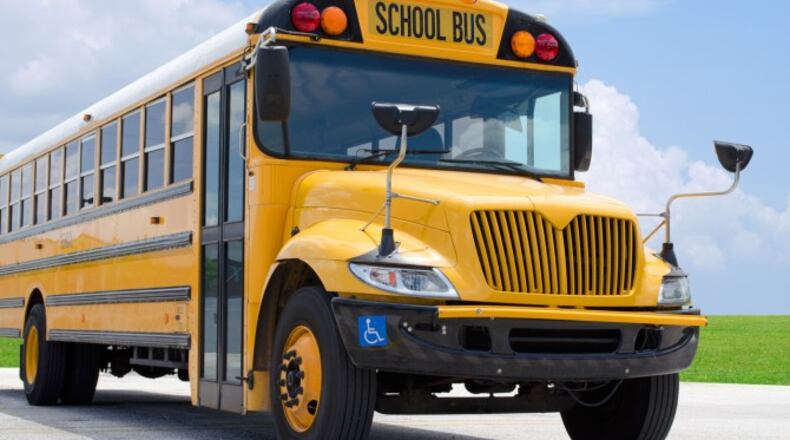Gwinnett County Superintendent J. Alvin Wilbanks believes most schools across Georgia are working hard to improve outcomes for their students. “You can work very hard but if you are not working on the right thing, you can’t get what you want,” said Wilbanks at a recent panel at the Metro Atlanta Chamber.
Wilbanks was speaking to a receptive audience of metro Atlanta business, civic and community leaders, who think they can help schools discover more of the right things through a new initiative called Learn4Life.
A collaboration of the Chamber, the Atlanta Regional Commission, the Community Foundation for Greater Atlanta and the United Way of Greater Atlanta, Learn4Life is a coalition of eight metro school systems, communities, business and nonprofits using a data-driven, collective-impact approach to raise student achievement and, ultimately, workforce readiness. It has an educator at the helm, former interim Fulton superintendent Kenneth Zeff.
The helping hand of corporate America doesn’t automatically assure solutions or success. The Bill and Melinda Gates Foundation invested hundreds of millions of dollars in a “schools within a school” model that reduced sprawling high schools to small academies. But the expected academic lift didn’t follow because changing school structure wasn’t enough if school culture didn’t change.
In some instances, business and civic interest has been destructive or obstructive. Business, social and civic leaders rallied behind the late Atlanta Public Schools Superintendent Beverly Hall despite mounting evidence that her district’s soaring test scores reflected not an academic miracle, but widespread cheating.
Data analysis is a vital tool, and Learn4Life’s intention to build upon the bright spots in the data — the schools facing and overcoming the odds — will be beneficial. But it’s important to use data not to brand schools, but to better them.
In its first baseline report, Learn4Life assessed six major education junctures: kindergarten readiness, third-grade reading, eighth-grade math, high school graduation, postsecondary education and getting a job. Only one in five children in the region has access to high-quality childcare; only 40 percent of third graders read on grade level. A bright spot was Georgia’s high school graduation rate of 79 percent. Of those grads, 75 percent pursue some postsecondary education, but less than a third get a credential or degree.
Clearly, there's room for improvement and it's easy to see why businesses are interested in growing the qualified future workforce they will need.
Education and commerce are different entities, though. A business perspective might call for determining the winning formula, bottling it and distributing it to other schools. However, reform isn’t just a matter of discerning what works, but what fits. What initiatives are already underway in a school? Are there unique aspects to this school and community that demand a different strategy than what worked for the school in the next county? To succeed, Learn4Life will have to master sifting such variables.
These questions also require the involvement of educators in the schools who know the students and the families and are trusted by them. Learn4Life says it hopes to scale best practices, but a more effective path is likely finding what practices work best for each individual school.
That said, Learn4Life, because of the diversity of its makeup, may be in a better position than previous efforts to work collaboratively with educators and communities to help surface great work that might be shared for regional benefit. And there’s something to be said as well for showing faith in public schools at a time of widespread calls for razing the traditional model of American public education.
Asked about Gwinnett’s enviable record of success, Superintendent Wilbanks made a comment that all would-be reformers ought to tattoo on their foreheads. The effectiveness of a school comes down to the people in those schools. “You need a good teacher in every classroom and you need a good principal in every school,” said Wilbanks. “I have never seen a poor school with a great principal and I have never seen a good school with a poor principal.”
About the Author
Keep Reading
The Latest
Featured



